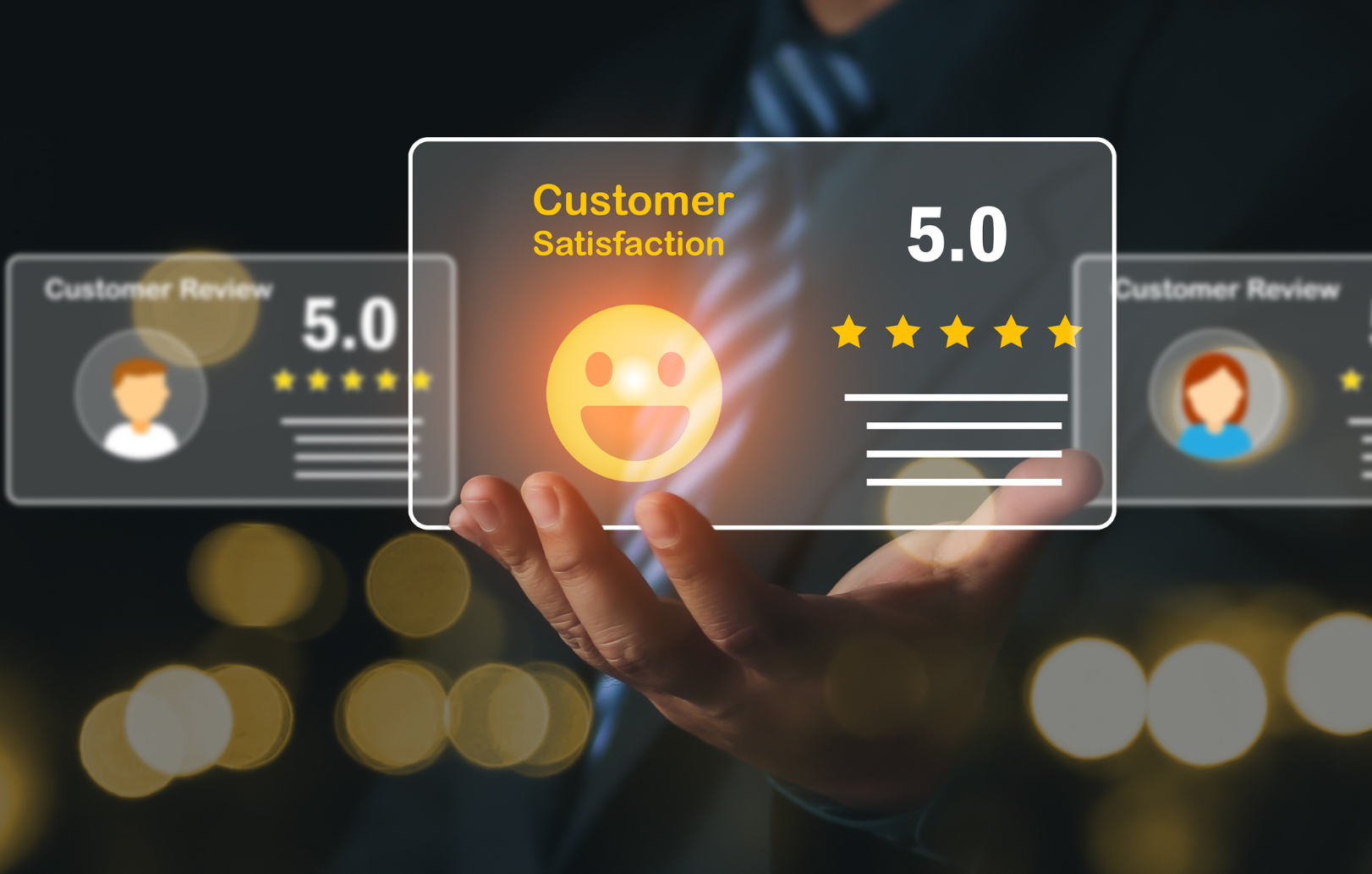In the fast-paced, ever-evolving landscape of modern marketing, one principle stands out as a game-changer: stop selling. This may seem counterintuitive. After all, isn’t the entire purpose of marketing to sell products or services? Yes and no. While sales are the ultimate goal, the path to achieving them has fundamentally shifted. Today, consumers are savvier, more skeptical, and more informed than ever. The hard-sell tactics of yesteryear are no longer effective. Instead, the most successful marketers focus on building trust, providing value, and fostering genuine connections.
The Shift in Consumer Behavior
The digital revolution has fundamentally changed how consumers interact with brands. Gone are the days when a flashy advertisement or a persuasive salesperson could seal the deal. Today’s consumers have access to endless information at their fingertips. They research products, read reviews, and compare options long before making a purchasing decision.
In this environment, traditional sales tactics often come across as pushy or inauthentic. Consumers are more likely to tune out or even distrust brands that prioritize selling over solving problems. This shift necessitates a new approach: one that prioritizes the customer’s needs, desires, and pain points above all else.
The Philosophy of “Stop Selling”
“Stop selling” doesn’t mean abandoning the goal of revenue generation. Instead, it’s about rethinking how you achieve that goal. Here are the core tenets of this philosophy:
1. Focus on Value: Instead of promoting your product’s features, emphasize how it can improve the customer’s life or solve their problem.
2. Build Relationships:
Long-term success comes from nurturing trust and loyalty, not chasing quick wins.
3. Educate and Empower:
Equip your audience with the knowledge they need to make informed decisions. When they feel confident, they’re more likely to choose your brand.
4. Prioritize Authenticity:
Be transparent and genuine in your communication. Authenticity breeds trust, and trust leads to sales.
Practical Strategies to Implement “Stop Selling”
1. Content Marketing That Adds Value
• Create blog posts, videos, and guides that address common questions or challenges your audience faces. For example, if you sell skincare products, share tips on building a skincare routine or understanding ingredients.
• Position yourself as a trusted resource, not just a vendor.
2. Storytelling
• People connect with stories, not sales pitches. Share the story behind your brand, highlight customer success stories, or showcase your impact on the community.
• Stories humanize your brand and make it relatable.
3. Social Media Engagement
• Use platforms like Instagram, TikTok, or LinkedIn to interact with your audience authentically. Respond to comments, engage in conversations, and share behind-the-scenes content.
• Avoid constant promotion; focus on building community.
4. Solve Problems, Don’t Push Products
• Listen to your audience’s pain points and tailor your messaging to address them.
• Show how your product or service fits into their lives rather than forcing it upon them.
5. Leverage Email Marketing for Relationship Building
• Create email sequences that educate, entertain, and engage rather than just selling. Share helpful tips, exclusive insights, or stories that resonate with your audience.
Real-World Examples
HubSpot
HubSpot revolutionized inbound marketing by offering free resources, tools, and educational content. They focus on helping businesses grow rather than pushing their software. As a result, they’ve built a loyal customer base and a globally recognized brand.
Apple
Apple’s marketing rarely focuses on selling. Instead, they highlight how their products improve lives, inspire creativity, or solve problems. Their ads and campaigns evoke emotions and connect with their audience on a deeper level.
Patagonia
Patagonia prioritizes sustainability and social responsibility in its messaging. They focus on their mission and values rather than simply selling clothing. This authenticity resonates with consumers and drives loyalty.
The Benefits of “Stop Selling”
When you embrace this approach, the benefits are multifold:
1. Increased Trust: Customers trust brands that prioritize their needs over profits.
2. Stronger Loyalty: When customers feel valued and understood, they’re more likely to stick with your brand.
3. Higher Engagement: Authentic, value-driven content generates more interest and interaction.
4. Sustainable Growth: Instead of short-term sales spikes, you’ll achieve consistent, long-term success.
Conclusion
In today’s world, marketing success isn’t about selling harder; it’s about selling smarter. By focusing on value, authenticity, and relationships, you can build a brand that not only attracts customers but retains them for the long haul. Remember, the best way to sell is to stop selling.







